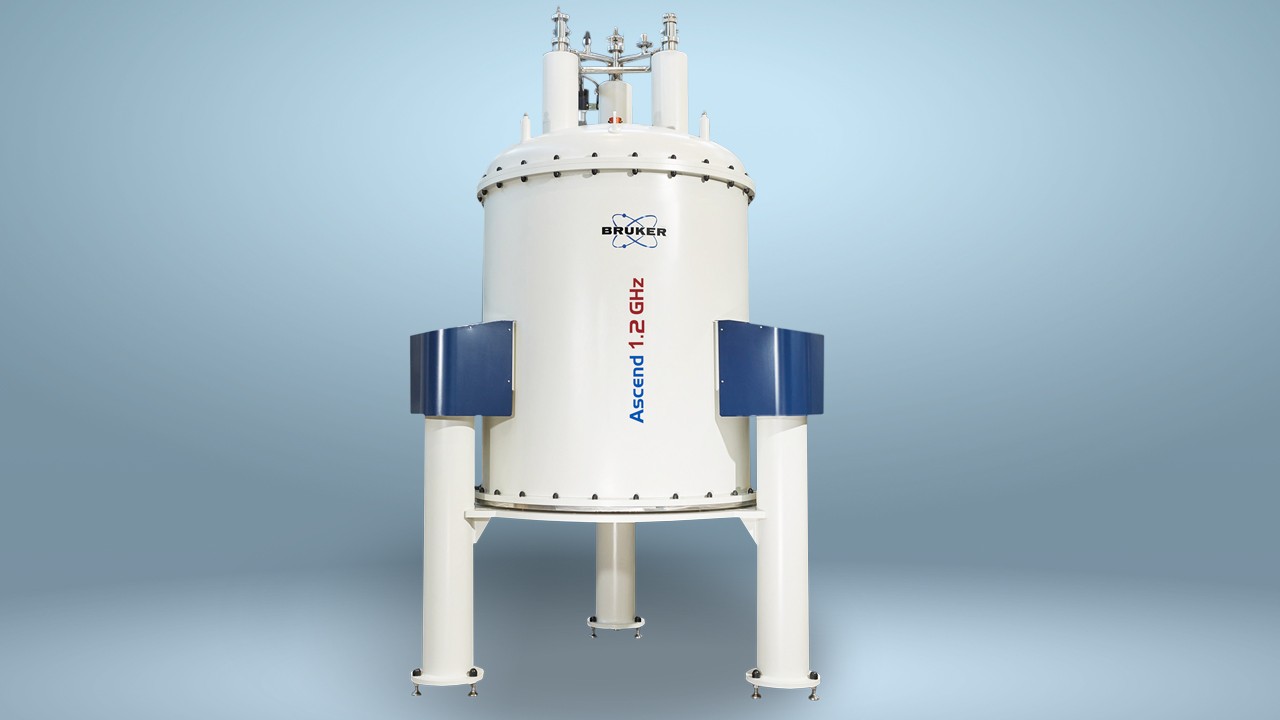

NMR in the Study of IDPs
Intrinsically disordered proteins (IDPs) is the term now widely used to refer to a wide variety of proteins that do not fold into a stable and well defined 3D structure.
Unlike folded proteins, IDPs are characterized by a high degree of disorder, local mobility and high dynamicity. These peculiar properties confer them completely different functional advantages, compared with proteins that have a well-defined 3D structure.
Until around 15 years ago, IDPs had not been given much consideration and the tools that have been used for 50 years to determine 3D structures such as X-ray and NMR, focused more on folded proteins.
Among those who are now directing their attention towards IDPs is Isabella Felli, Associate Professor of chemistry at (CERM), who is using NMR spectroscopy to investigate the proteins. Together with her colleague Roberta Pierattelli they have been focusing on this subject in recent years at CERM, also thanks to the IDPbyNMR project (www.idpbynmr.eu/video).
Felli and Pierattelli have been working in close collaboration with Bruker to improve NMR techniques and, over a period of less than ten years, have managed to increase the sensitivity of their carbon detection experiments by a factor of 14. This means that NMR experiments based on carbon detection can now be used as a routine tool to study proteins in general, which is particularly beneficial when a tool is needed to compliment proton detection experiments.
“We have now set up a complete suite of NMR experiments that are either based on carbon detection or on proton detection. That now enables us to focus on proteins as complex as 400 amino acids, for example,” explains Felli.
One area where Felli and Pierattelli have applied these NMR experiments, in collaboration with Peter Tompa, is in the investigation of disordered protein fragments. When investigating complex molecular machineries, they often find that several modules are folded, but that other parts of the polypeptide chain are in an intrinsically disordered state.
As an example, one small, intrinsically disordered fragment they have looked at, in collaboration with Xavier Salvatella, is the N-terminal fragment of an important transcription factor, the androgen receptor. Malfunction of this receptor is involved in the development of the neurodegenerative conditions, in this case of spinal and bulbar muscular atrophy.
“These diseases are called polyQ diseases because these fragments in this first bit that we are studying, when the disease progresses, become characterized by 20, 25, 30 or 35 glutamines in a row,” says Felli.
Originally, the researchers wondered if NMR would be able to characterize this part of the protein because it is such a highly repetitive sequence, which can give rise to extensive cross-peak overlaps in the NMR spectra.
However, “This is, again, a field where NMR can provide really tremendous insights because… thanks to the recently developed methods, one can overcome the limitations deriving from high overlap of these highly repetitive sequences,” Felli explains.
In the future, Felli is looking forward to seeing what can be achieved using carbon detected experiments at an even higher field. When CERM obtains its 1.2 gigahertz spectrometer, she hopes to start characterizing IDPs as complex as up to maybe 1,000 amino acids.
Felli says that, by working with Bruker in the future, she would like to see if they “can make, in the next 10 years, another jump of a factor of 10, which would, of course, be very appreciated.”


